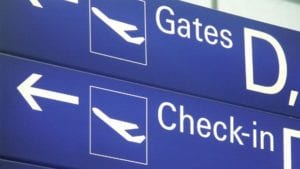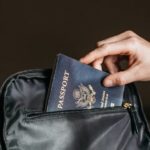The NIST has released a new report that suggests that facial recognition is an effective screening tool in airport settings. In the report, the NIST evaluated the performance of 29 different facial recognition algorithms in a simulated airport environment, and found that many of those algorithms could successfully identify more than 99.5 percent of the passengers who went through the system.

All 29 algorithms were tested for their one-to-many matching capabilities, which means that a new scan of each individual was cross-referenced with a database of stored images to generate a match. The top seven algorithms could achieve that 99.5 percent score even if there was only a single image of the passenger in the database, while 18 could achieve the score if the database included multiple images of that person. In either case, the match was achieved based on a single new scan of the passenger in question.
The database used in Face Recognition Vendor Test (FRVT) Part 7: Identification for Paperless Travel and Immigration was put together using images from prior FRVT studies. It is worth noting that the subjects were not wearing masks during the test, and the NIST also stressed that it did not test different types of camera systems.
However, the algorithms did perform well with regards to different kinds of bias. Women were more likely to generate a false negative than men, but the rates were extremely low for both groups, and the NIST did not observe any major disparities across ethnic groups. That finding suggests that facial recognition providers are finally starting to take steps to address racial bias.
All of the algorithms used in the study were submitted voluntarily. Any images of foreign nationals that captured at the US border are stored in a Department of Homeland Security database, and can be used to identify passengers when they enter or leave the US in the future.
Many airports are now using facial recognition to enable a contactless passenger experience. The NIST, meanwhile, has previously reported that facial recognition algorithms have gotten better at identifying people with masks during the COVID-19 pandemic.
–
July 20, 2021 – by Eric Weiss







Follow Us